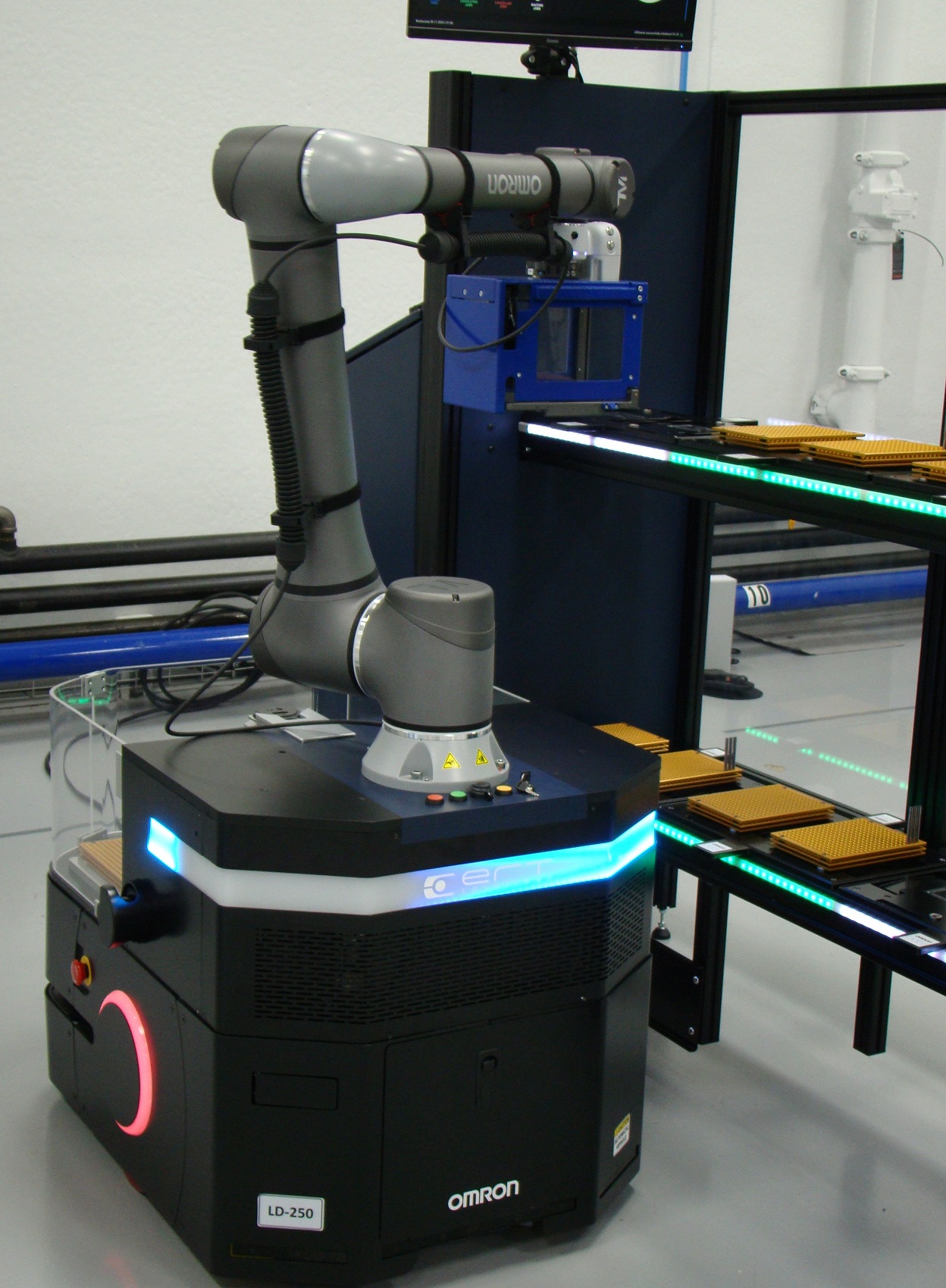With a focus on the company’s flagship initiative “Road to Automation,” Rollomatic Inc. hosted OpenHouse 2025 at the grinding machine builder’s headquarters in Mundelein, Illinois, Nov. 4-5.
Rollomatic reports that the initiative offers tool manufacturers with an efficient path towards advanced automation, and the program has been carefully developed based on years of experience in autonomous grinding and is designed for all our customers, regardless of their size and objectives. Road to Automation consists of several stages, throughout which the company supports its customers by offering its expertise in advanced grinding processes, specific training and comprehensive support.
“Rollomatic has been serving the cutting tool industry for over 30 years,” Rollomatic CEO Joe Kane told Cutting Tool Engineering, “and the Road to Automation is our ability to show customers how they can ensure long-term profitability by incorporating options and software that allow for more autonomous production. We’re very excited to present the solutions we have, and it’s been a very good week for us.”
One automation option on display was the new Smart Stacker for holding cassettes of workpieces, which was attached to the GrindSmart 630RW grinding machine and incorporates a Fanuc 6-axis LR Mate 200iD robot. The Smart Stacker is currently for use with Rollomatic’s GrindSmart 530 and 630 grinders.
“With the Stacker and the support that we have with that and the Swiss chuck, we’re able to grind multiple diameters unattended,” said Jay Lindon, application engineer. “We have 10 cassettes possible to be held here, 10 rows of cassettes. This is a production planner’s dream, in my opinion. Endless possibilities as to how long you want to run this machine.”

Additional automation equipment on display included the mobERT modular robotics platform from ERT Solutions Inc., which is part of the Rollomatic Group for customized robotic system integration. ERT presented two demonstrations of the mobile manipulators. One tied in with the Rollomatic Smart Factory to perform machine tending performing loading and unloading of a GrindSmart 630XW 6-axis tool grinder. The robot has the ability to handle single tools, load them into automated measuring systems and transmit the measurement data with offsets, according to ERT.
Another demonstration showed a mobERT with a vision system that enables accurately picking parts from a disorganized array inside of bin and uses a suction gripper that has its miniature electric pump, eliminating the need for an onboard air compressor. ERT reports that the robot can find its own way between two points in a factory while avoiding any people, carts or other moving objects that might be in the robot’s way.
Other companies with exhibits at the open house included metalworking lubricant manufacturer oelheld U.S. Inc. in West Dundee, Illinois; coating equipment manufacturer Platit Inc. in Libertyville, Illinois; abrasives and tool manufacturer Radiac Abrasives Inc. in Oswego, Illinois; coolant filtration system manufacturer Transor Filter USA in Arlington Heights, Illinois; and the Cleveland-based trade association United States Cutting Tool Institute.
Contact Details
Related Glossary Terms
- chuck
chuck
Workholding device that affixes to a mill, lathe or drill-press spindle. It holds a tool or workpiece by one end, allowing it to be rotated. May also be fitted to the machine table to hold a workpiece. Two or more adjustable jaws actually hold the tool or part. May be actuated manually, pneumatically, hydraulically or electrically. See collet.
- coolant
coolant
Fluid that reduces temperature buildup at the tool/workpiece interface during machining. Normally takes the form of a liquid such as soluble or chemical mixtures (semisynthetic, synthetic) but can be pressurized air or other gas. Because of water’s ability to absorb great quantities of heat, it is widely used as a coolant and vehicle for various cutting compounds, with the water-to-compound ratio varying with the machining task. See cutting fluid; semisynthetic cutting fluid; soluble-oil cutting fluid; synthetic cutting fluid.
- grinding
grinding
Machining operation in which material is removed from the workpiece by a powered abrasive wheel, stone, belt, paste, sheet, compound, slurry, etc. Takes various forms: surface grinding (creates flat and/or squared surfaces); cylindrical grinding (for external cylindrical and tapered shapes, fillets, undercuts, etc.); centerless grinding; chamfering; thread and form grinding; tool and cutter grinding; offhand grinding; lapping and polishing (grinding with extremely fine grits to create ultrasmooth surfaces); honing; and disc grinding.
- grinding machine
grinding machine
Powers a grinding wheel or other abrasive tool for the purpose of removing metal and finishing workpieces to close tolerances. Provides smooth, square, parallel and accurate workpiece surfaces. When ultrasmooth surfaces and finishes on the order of microns are required, lapping and honing machines (precision grinders that run abrasives with extremely fine, uniform grits) are used. In its “finishing” role, the grinder is perhaps the most widely used machine tool. Various styles are available: bench and pedestal grinders for sharpening lathe bits and drills; surface grinders for producing square, parallel, smooth and accurate parts; cylindrical and centerless grinders; center-hole grinders; form grinders; facemill and endmill grinders; gear-cutting grinders; jig grinders; abrasive belt (backstand, swing-frame, belt-roll) grinders; tool and cutter grinders for sharpening and resharpening cutting tools; carbide grinders; hand-held die grinders; and abrasive cutoff saws.
- metalworking
metalworking
Any manufacturing process in which metal is processed or machined such that the workpiece is given a new shape. Broadly defined, the term includes processes such as design and layout, heat-treating, material handling and inspection.
- robotics
robotics
Discipline involving self-actuating and self-operating devices. Robots frequently imitate human capabilities, including the ability to manipulate physical objects while evaluating and reacting appropriately to various stimuli. See industrial robot; robot.
- vision system
vision system
System in which information is extracted from visual sensors to allow machines to react to changes in the manufacturing process.

